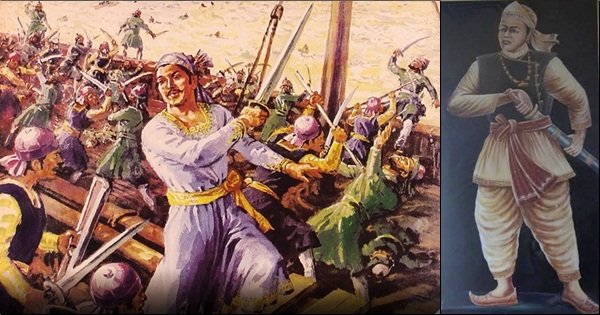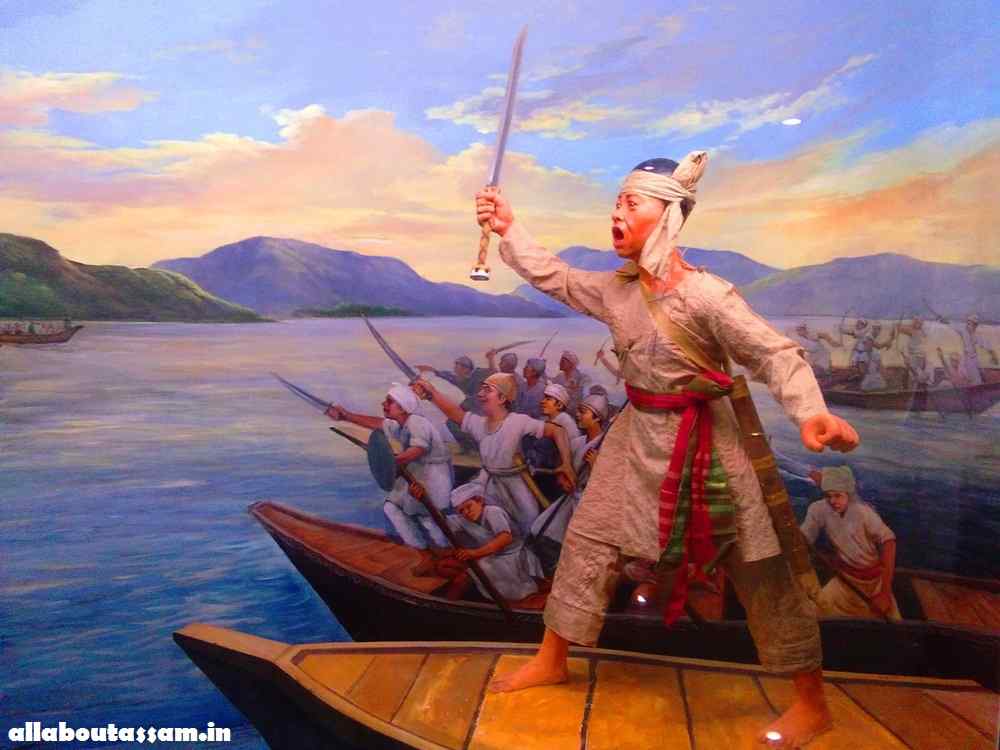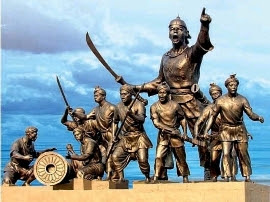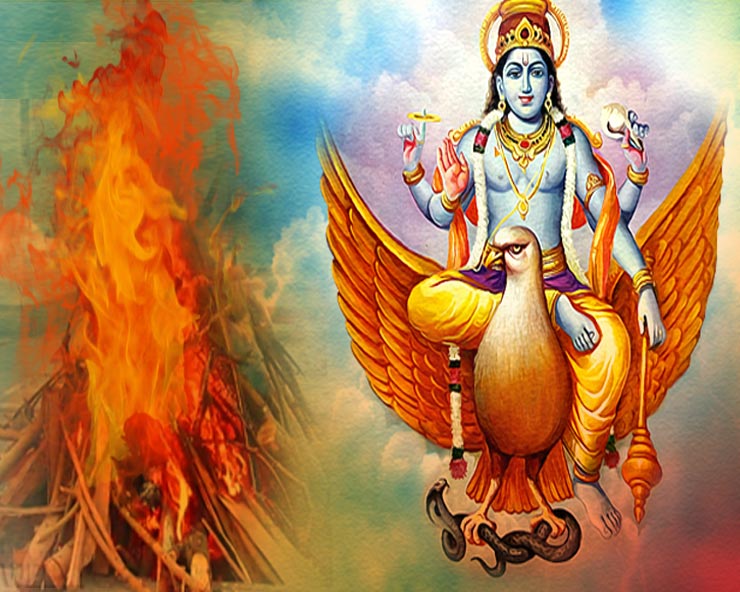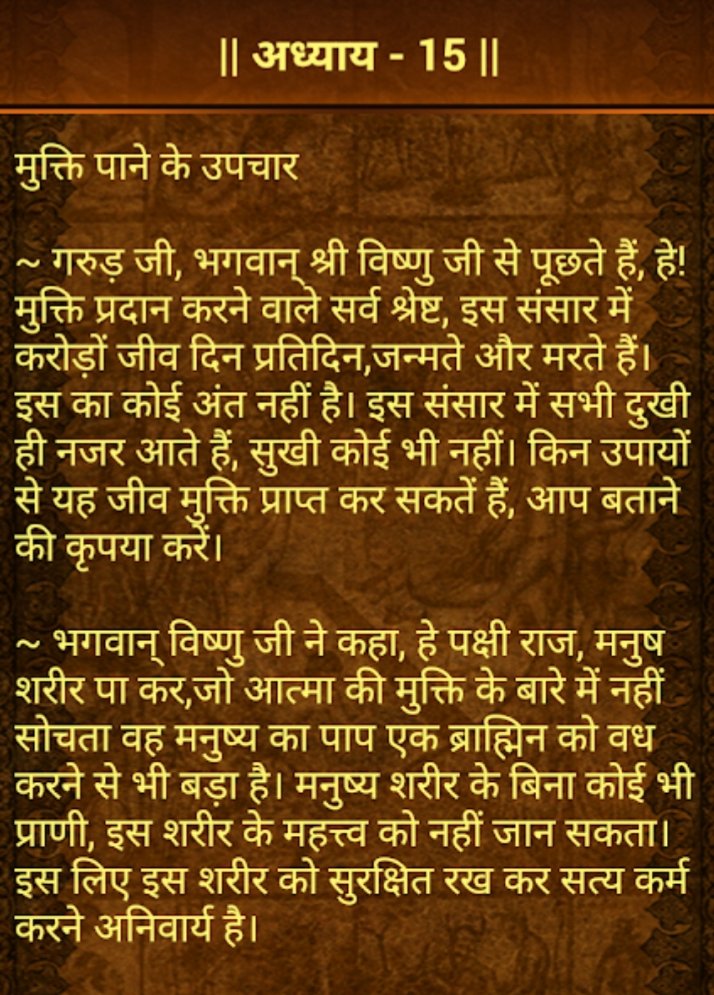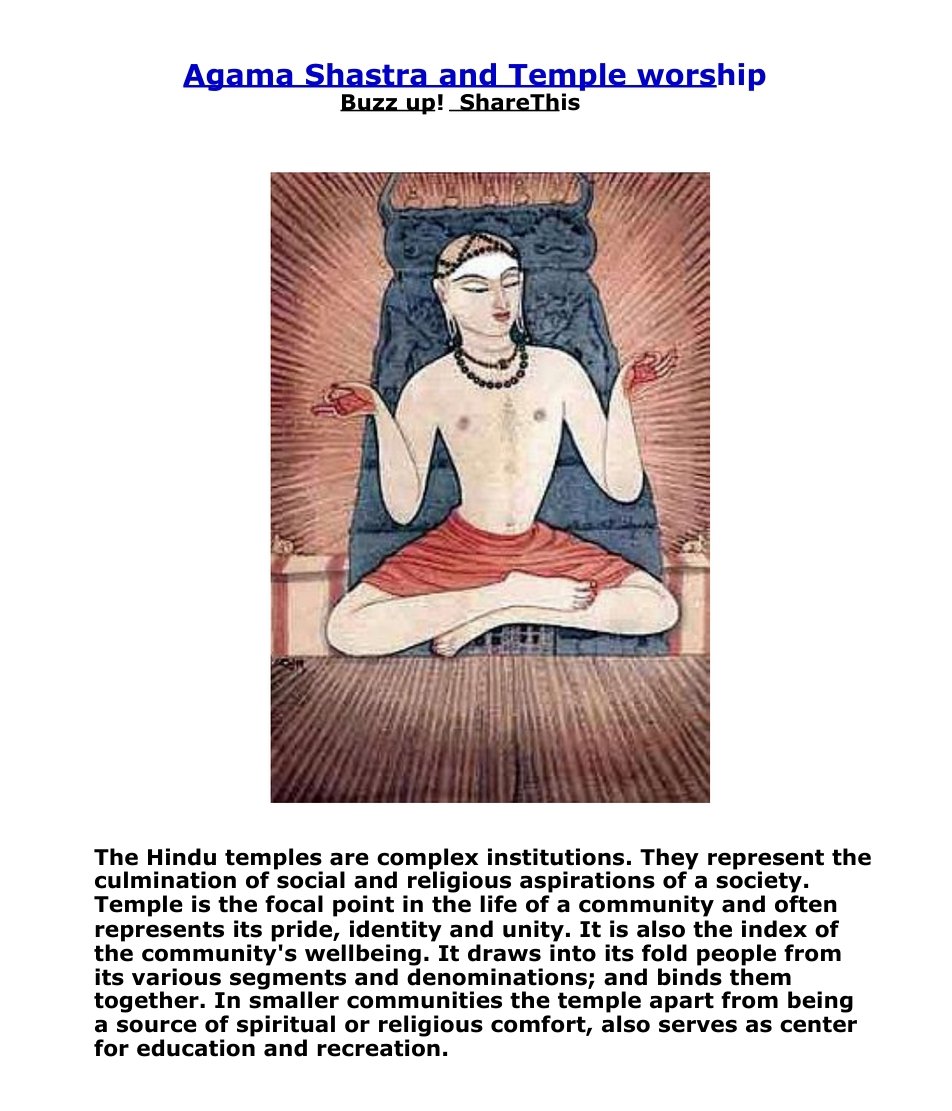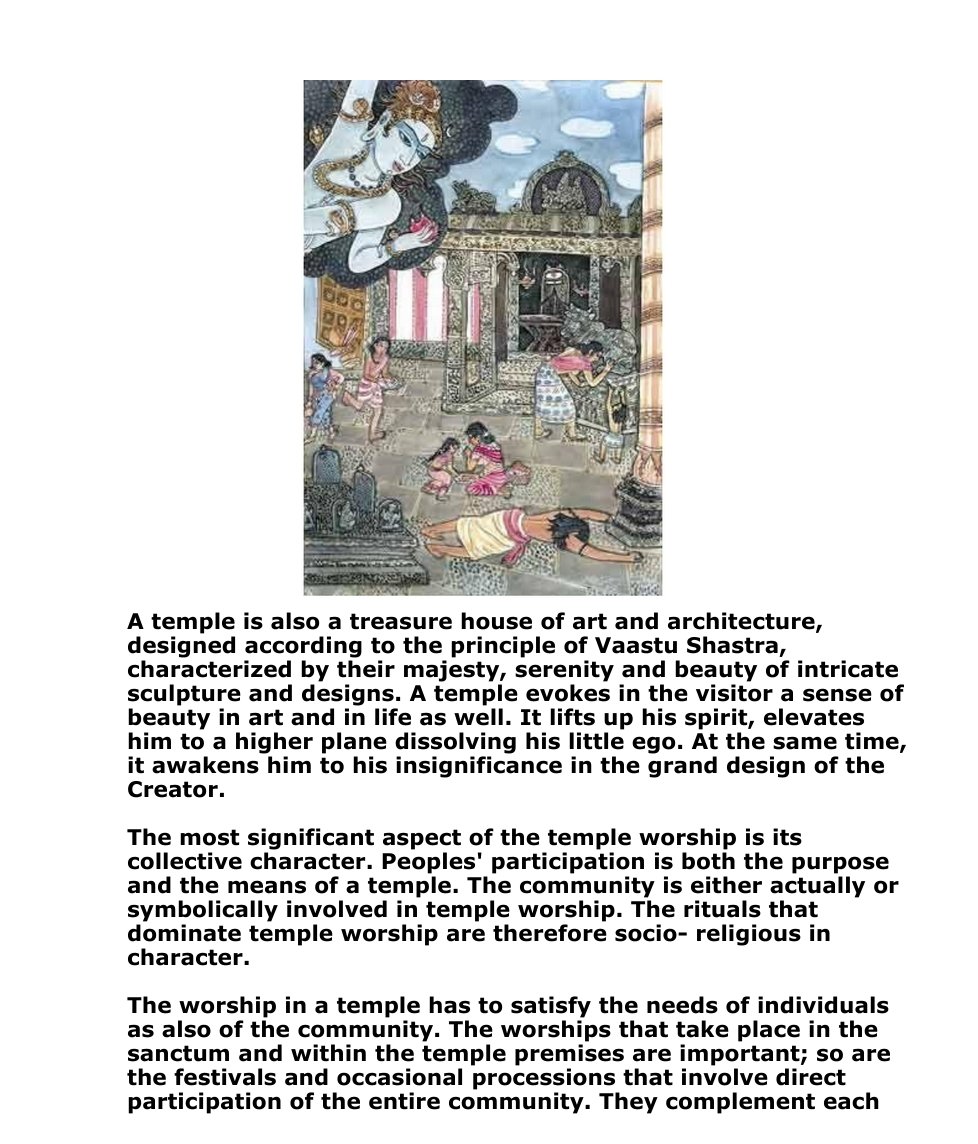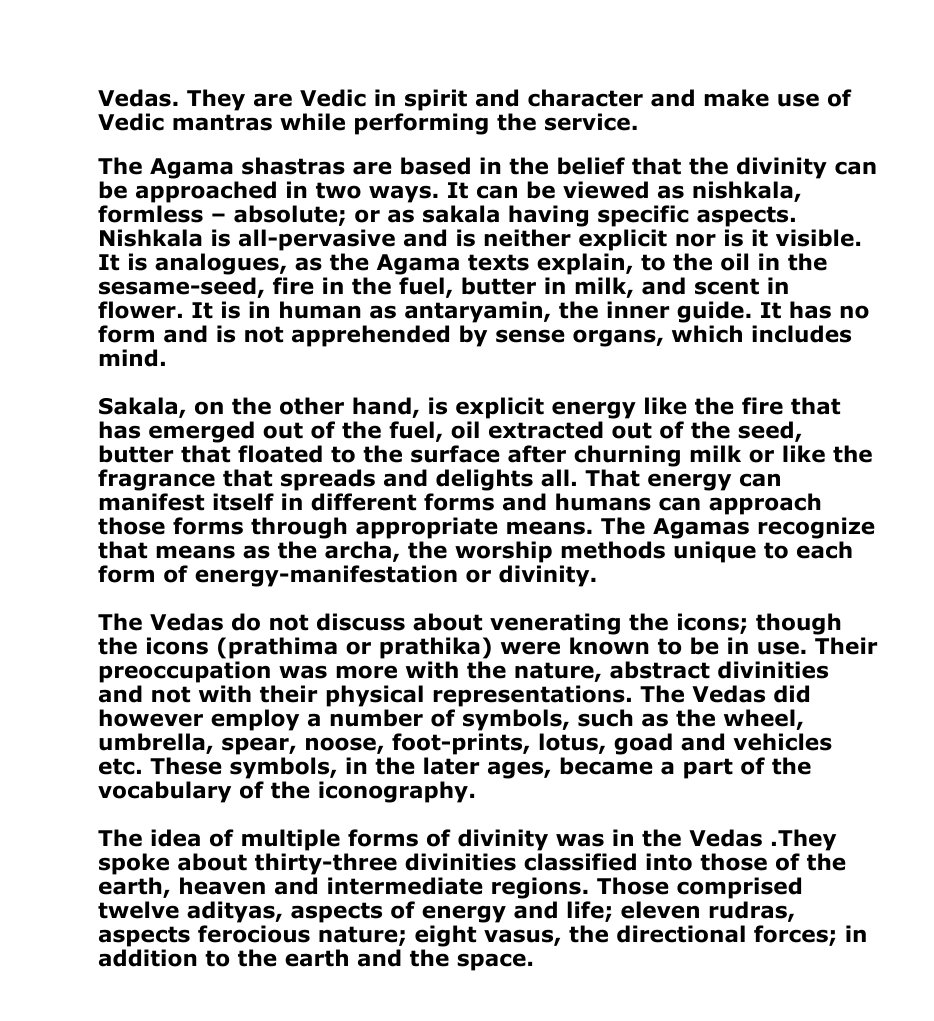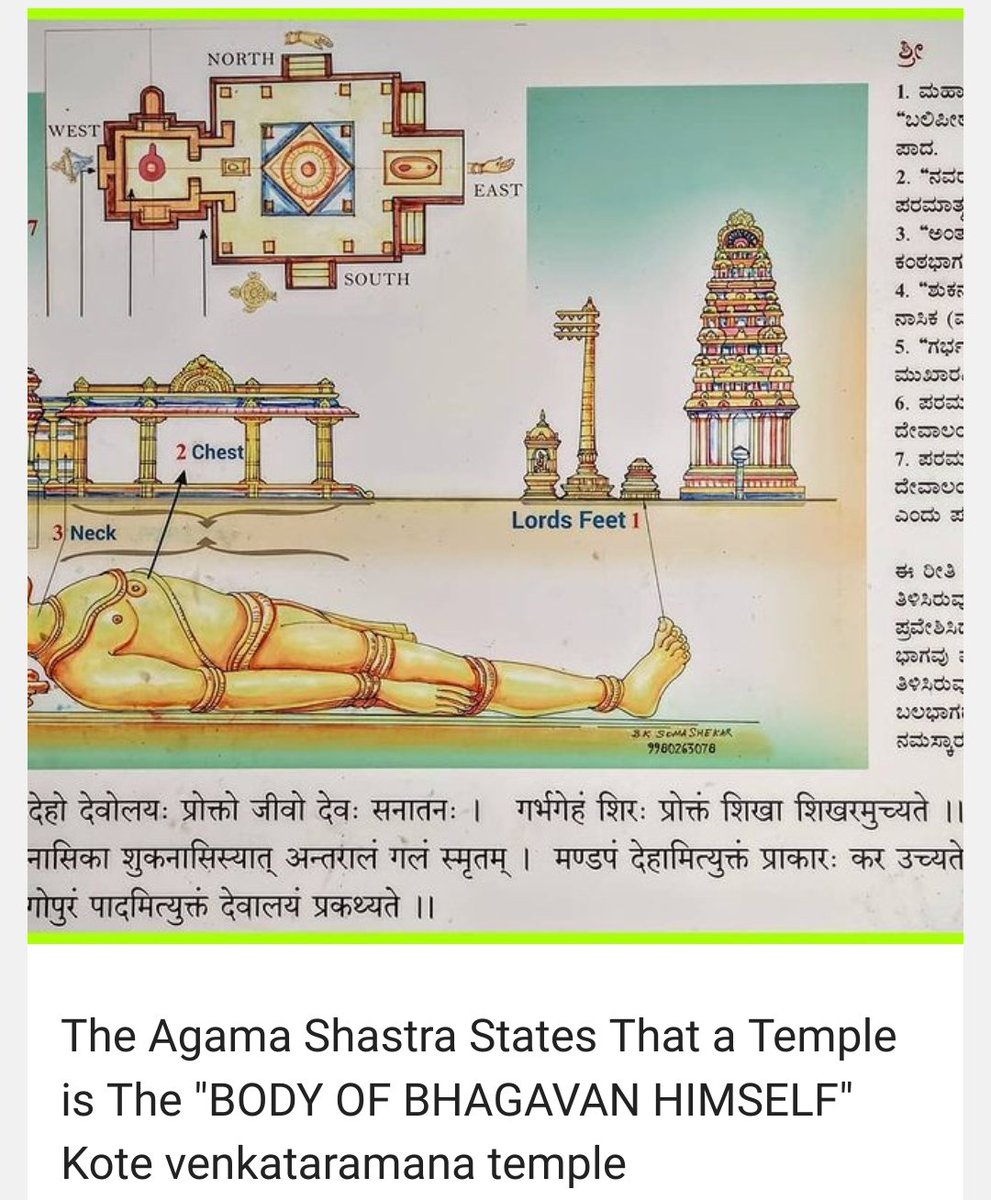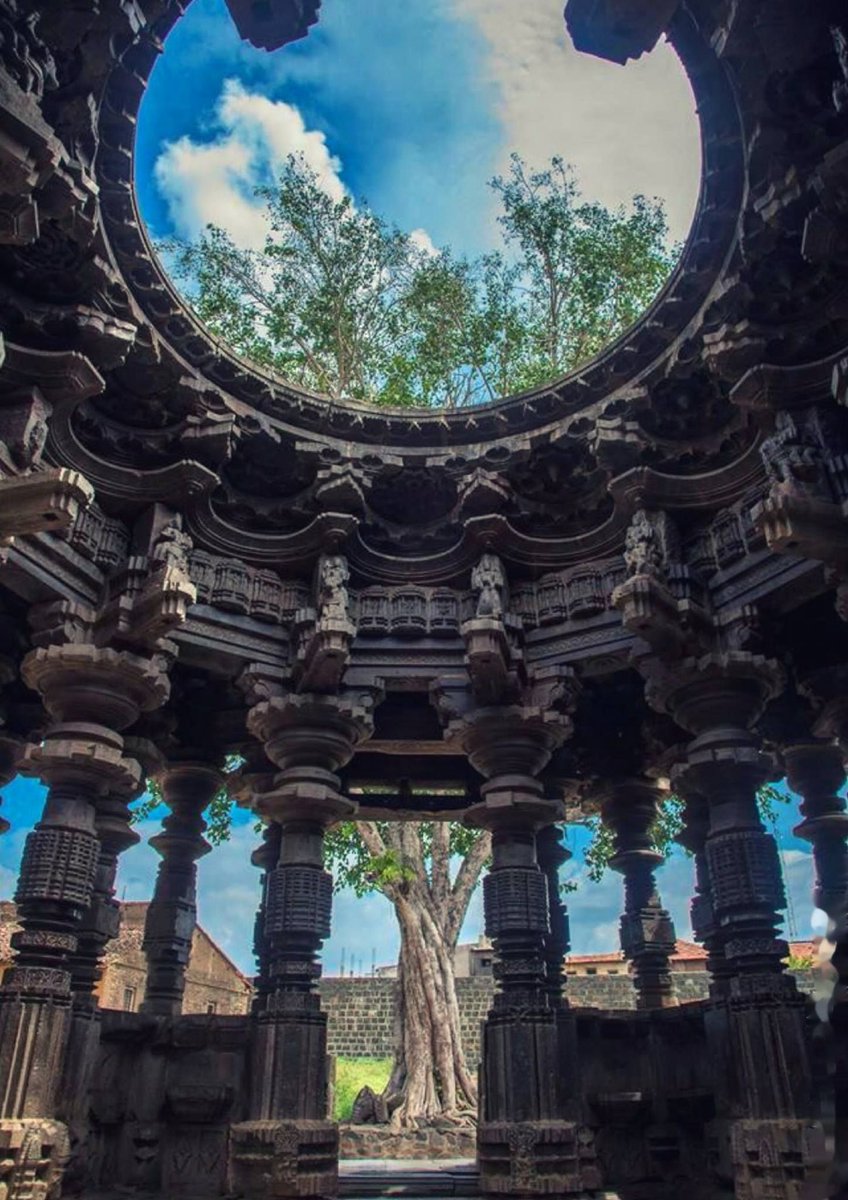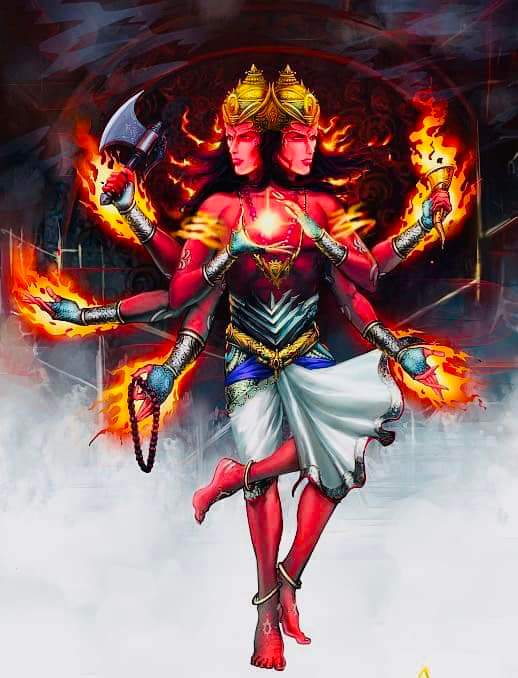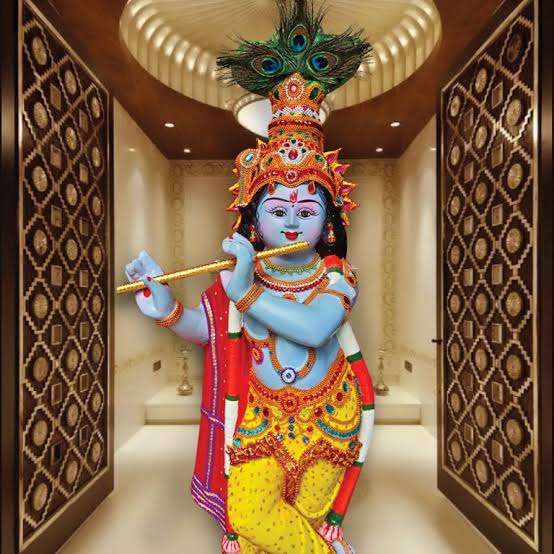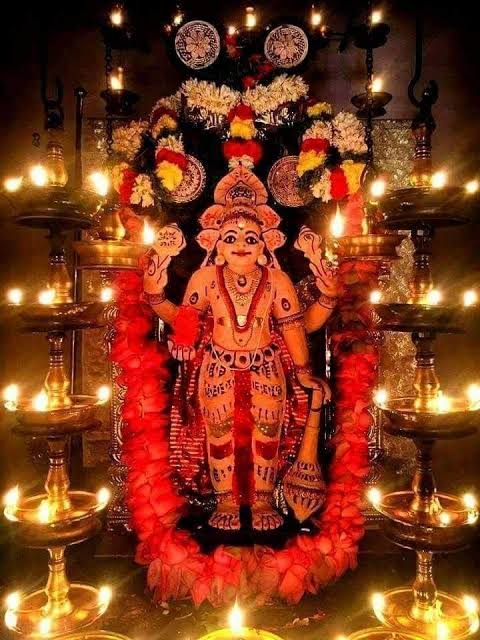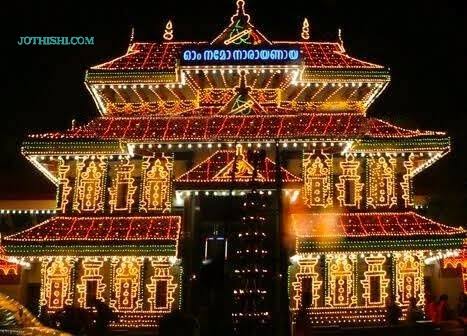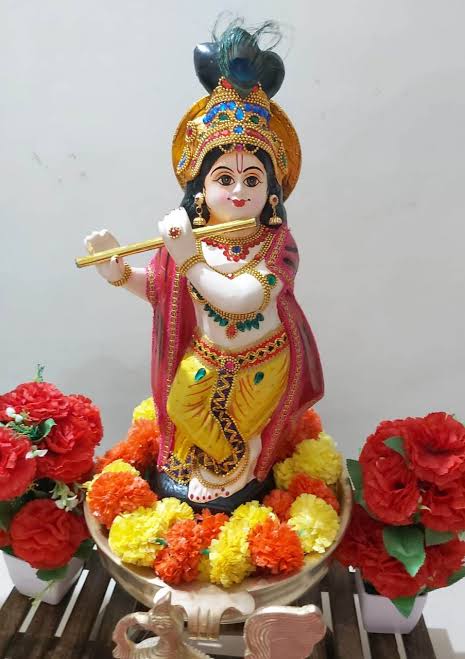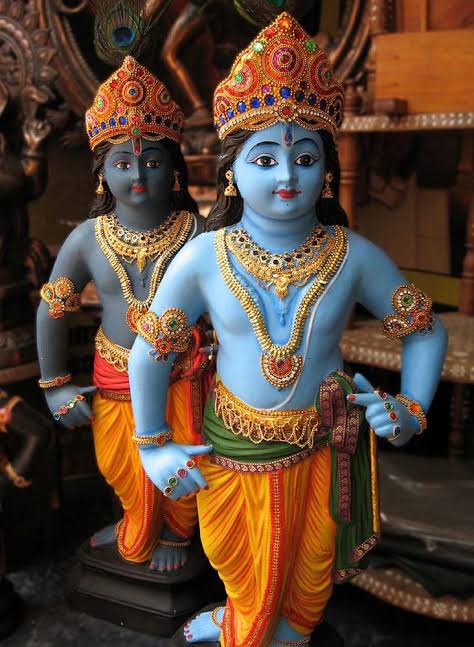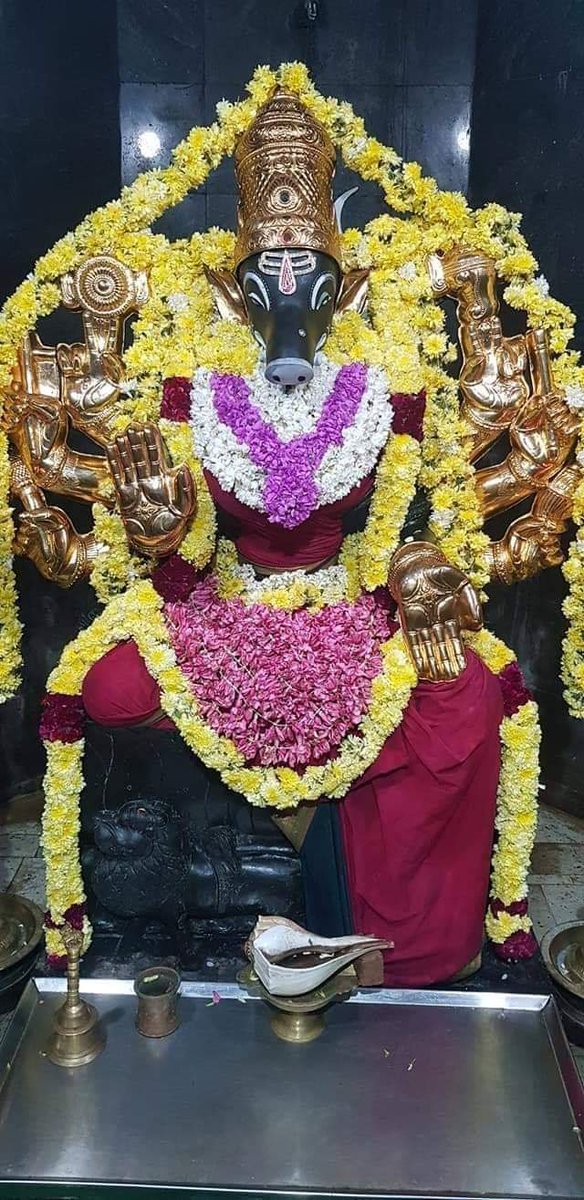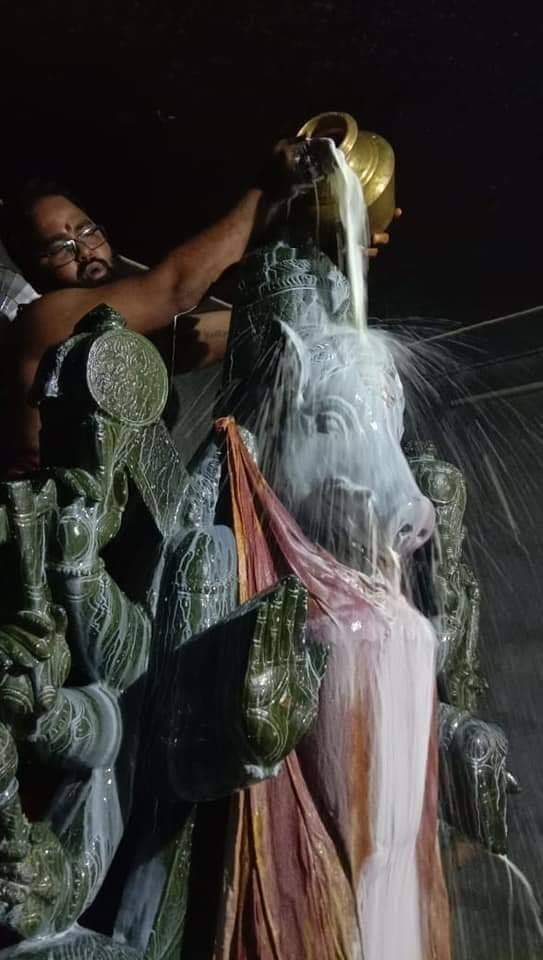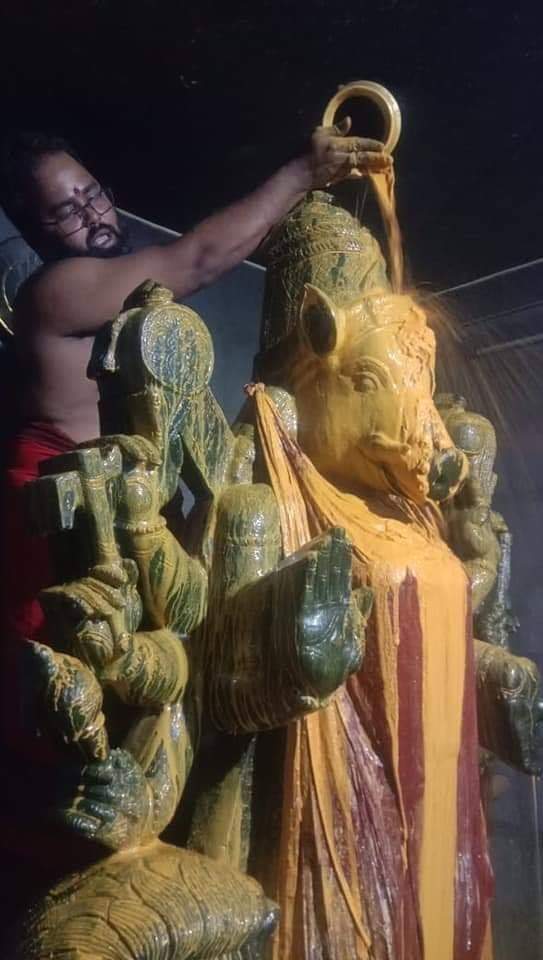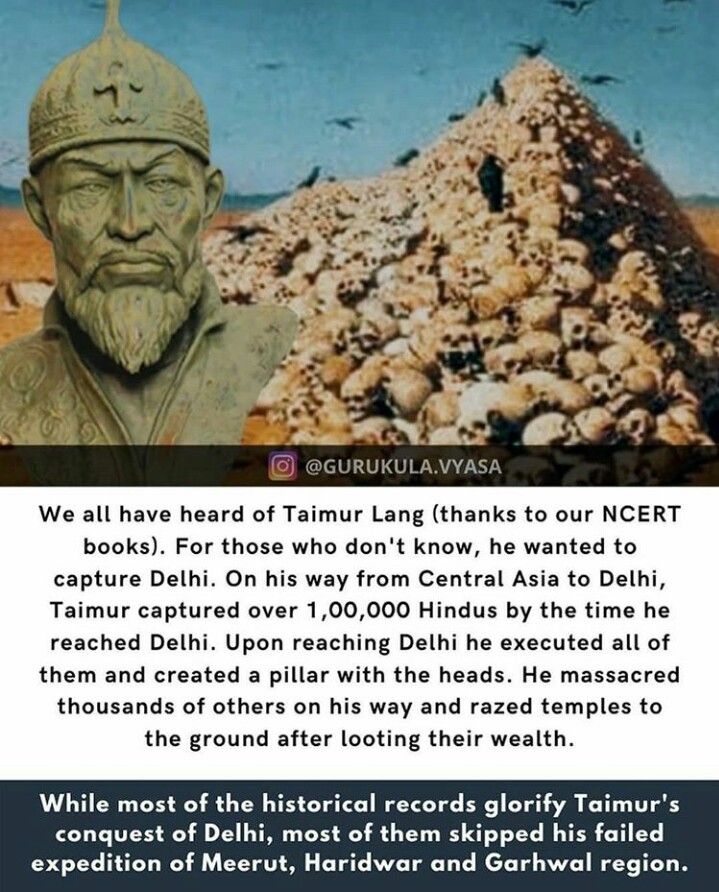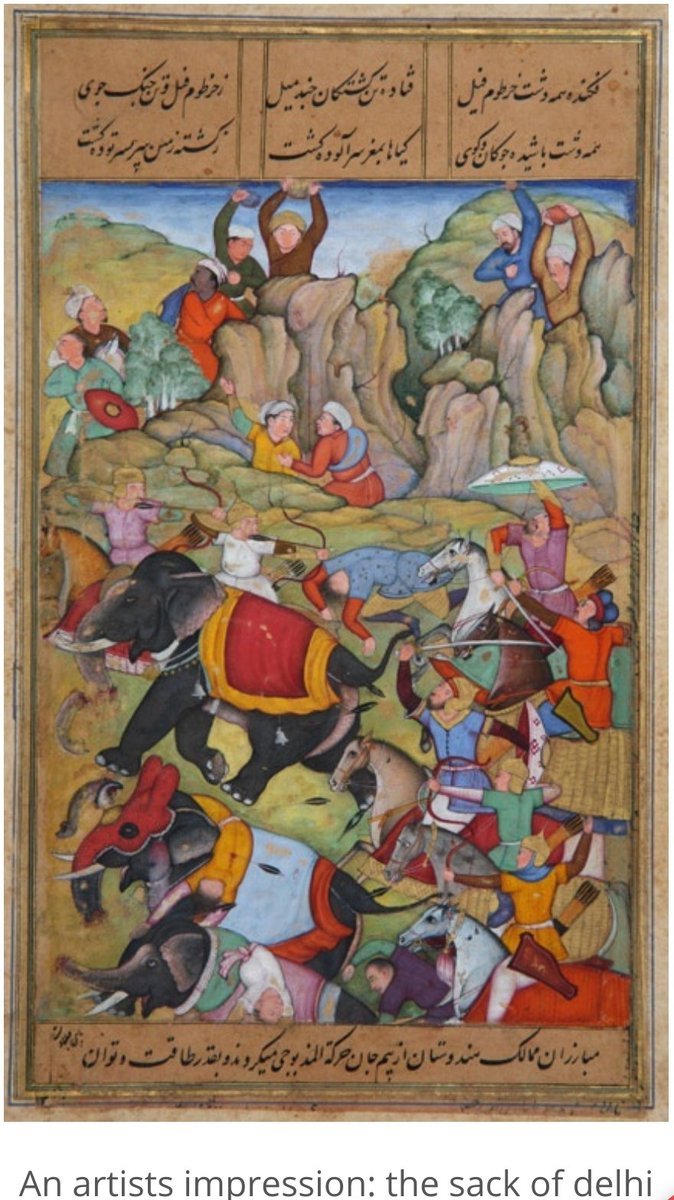Hindus installed the idols of Hindu deities including Sri Ram under the main dome of the Mosque that was built after demolishing the original Ram Mandir at Ramkot by a Mughal invader named Babur in 1528.
Despite the site being protected by Police, Hindus emerged successful.
On the next morning ie Dec 23, hundreds of hindus gathered in front of the site to have a glimpse of the Moorti.
As soon as Jawaharlal Nehru came to know about the developments in Ayodhya, he immediately asked the CM of UP to get the idols removed.
The chief secretary of UP and IG of police ordered the DM KK Nair who was posted at Faizabad and Ayodhya fell in his jurisdiction. KK Nair, however refused to remove the idols.
He served in UP in various capacities since 1930. The way he dealt with the issue and his stand...
...of not removing the Idols from Ram Janmbhoomi, made him a hero. The divisional commissioner supported Nair's view and they both proposed to keep the Ram Janmbhoomi site under strict Police control. They allowed a Pujari to perform the Pooja of the Deities.
Nehru, on the other hand was perturbed by the strict disobeyance of Nair and wanted him to be removed at any cost.Nehru wrote a letter to the then Home Minister Kailash Bath Katju and asked him to deal with it.
Letter dated Jan 22, 1952 emphasized the following main points:
- Nehru mentions the Ram Janmbhoomi site as Ayodhya Mosque.
-KK Nair disobeyed government's orders.
-Nair's actions made him very angry
-The case was not transferred to Home Ministry
-Nair was dealt with leniently.
KK Nair was born in Kerala on September 11, 1907, the erstwhile Indian Civil Service officer was the frontrunner in safeguarding the Fundamental right to worship of Hindus even before India became a Republic.
His life began from village of Kuttanad in Alappuzha in Kerala. After completing his education in State,Nair went to England for higher studies &cleared the Indian Civil Service exam at the age of 21.He was then posted as DC cum DM of Faizabad,earlier name of Ayodhya in Jun 1949.
His endeavour in Ayodhya eventually became the highlight of his career. After receiving a letter from the State government of Uttar Pradesh to do a report on the Ram Janmabhoomi issue, Nair sent his assistant Guru Datt Singh to submit a report on the same.
On Oct 10, 1949, Singh in his report recommended the construction of a majestic Ram Temple at the site.
However, on the directions of Prime Minister Jawaharlal Nehru, the Chief Minister of Uttar Pradesh Govind Vallabh Pant tried to evict the Hindus from the Ram Mandir.
KK Nair refused to budge and decided not to implement the order.He highlighted that the Hindus were performing Puja at the site and forcing them to leave would stir riots. He also refused to remove the idols from the site.
Nair was eventually suspended by Govind Vallabh Pant from his designation as the District Magistrate. He moved the court against the then Congress government and secured a judgment in his favour. On being reinstated as an ICS officer yet again, Nair bid adieu to civil services.
He took the decision in the wake of the growing resentment against Nehru. Nair refused to bow down to the Diktat of Nehru. His open defiance of the then Prime Minister and his firm resolve to ensure justice to the millions of Hindus earned him a place in the hearts of people.
As a gesture of endearment, he was called as ‘Nair Sahab’ by people.
Following his resignation from ICS, he started practising as a lawyer in the Allahabad High Court. To strive for the cause of building a Ram Mandir in Ayodhya, KK Nair and his family joined the Jan Sangh.
Both Nair and his wife eventually became the members of the Lok Sabha in 1962.Reportedly, Nair and his wife were arrested during the dark days of the National emergency that was proclaimed by President Fakhruddin Ali Ahmed on the behest of Prime Minister Indira Gandhi.
KK Nair passed away on September 7, 1977. He dedicated his life to Jan Sangh and the cause of Ram Mandir. Ram Janmabhoomi movement spearheaded by KK Nair was later continued by tall leaders like of LK Advani, Ashok Kumar, Kalyan Singh, Vinay Katiyar, and Uma Bharti.
Following the historic judgement by SC in 2019, a trust has been constituted to build the majestic Ram Mandir at the same site (Ram Kot) for which KK Nair espoused his career. Although, he is no more, but his contribution to the movement will be cherished for the years to come.








